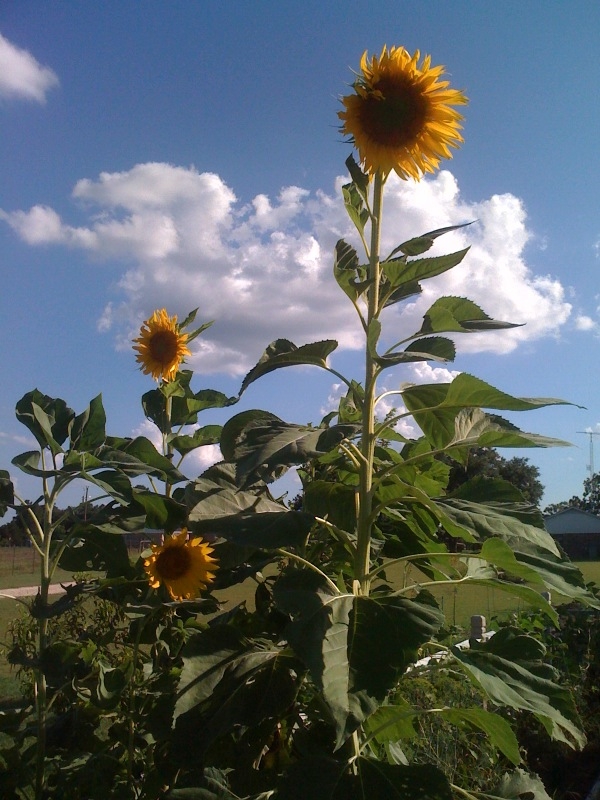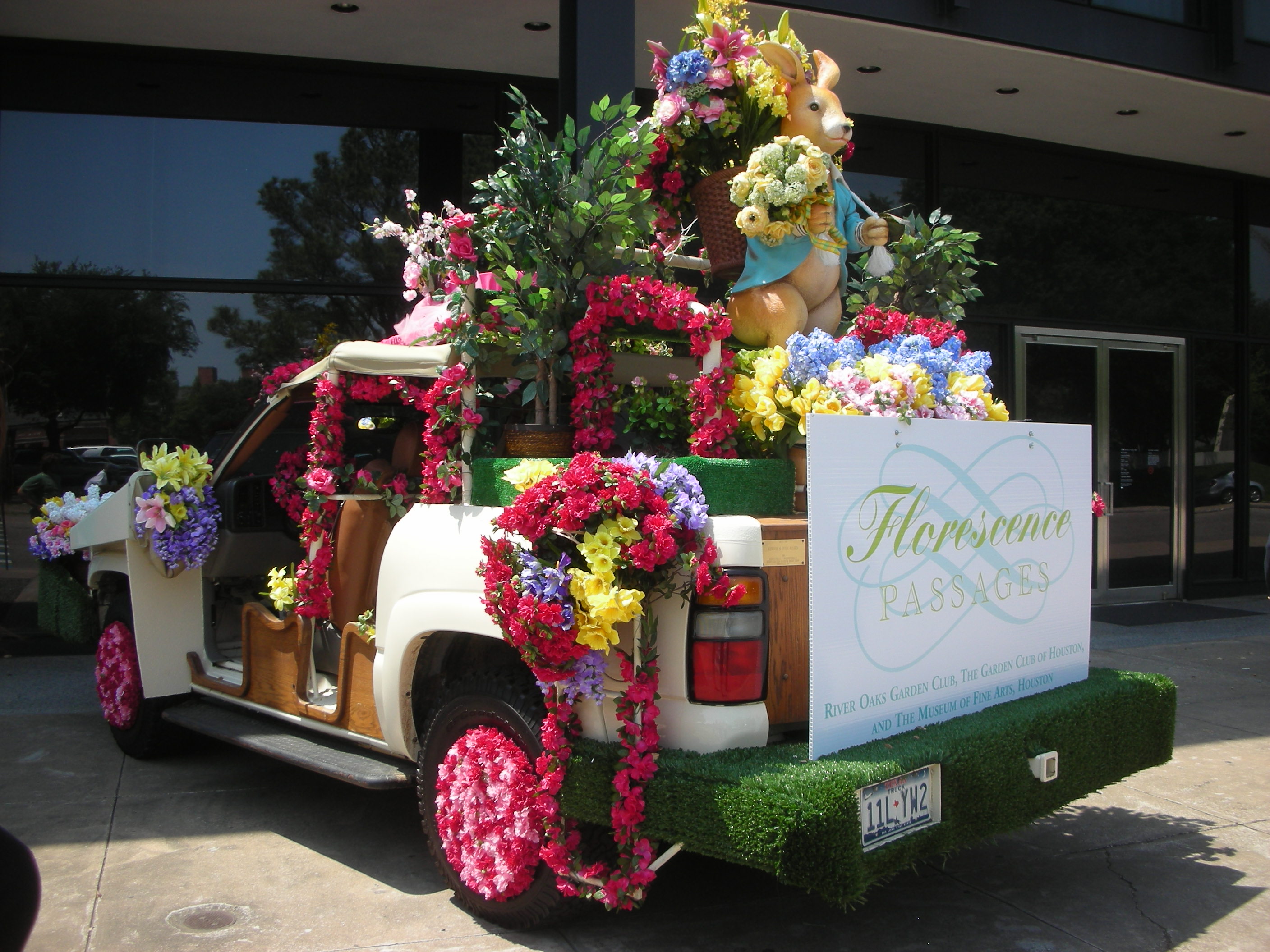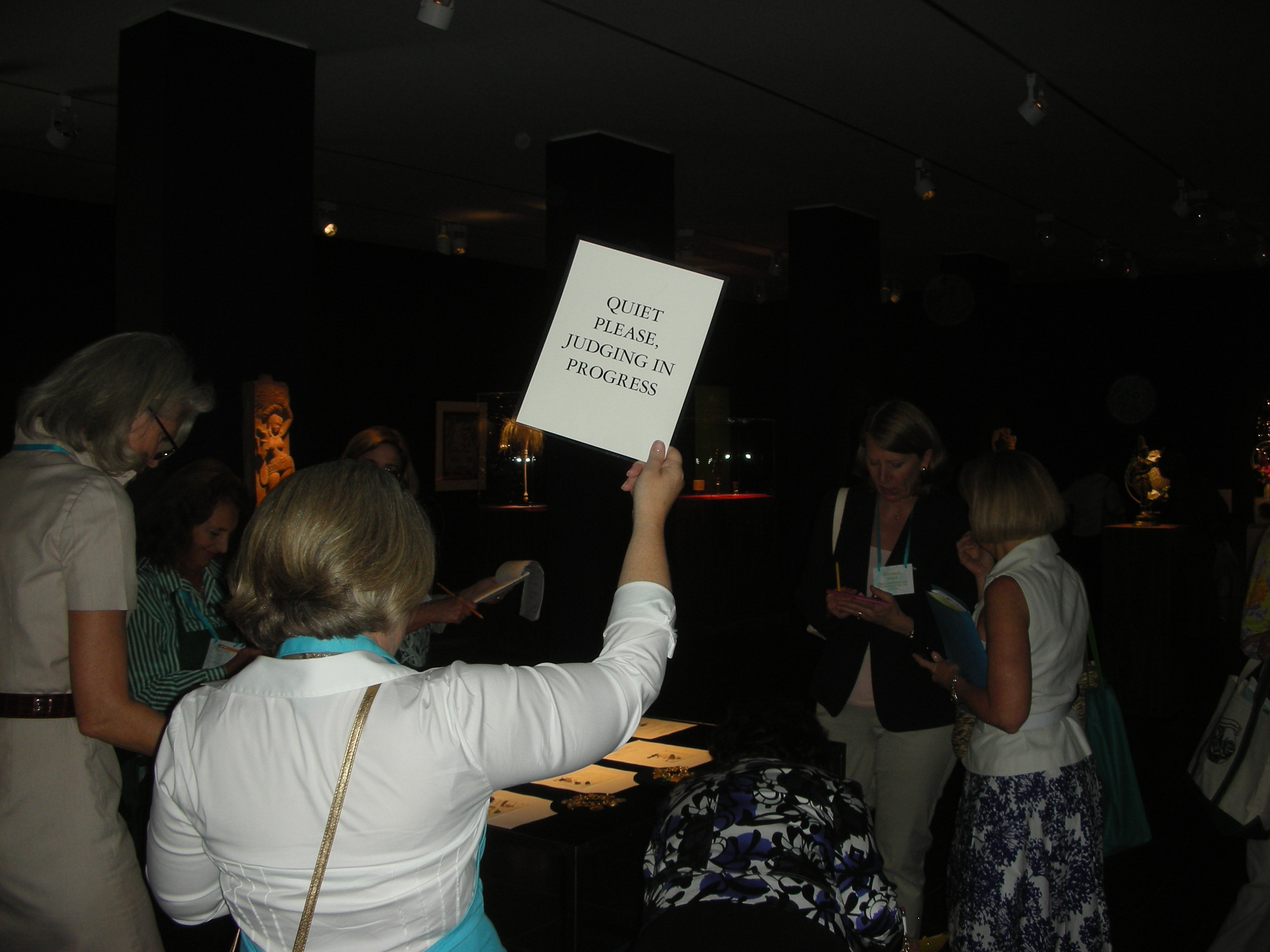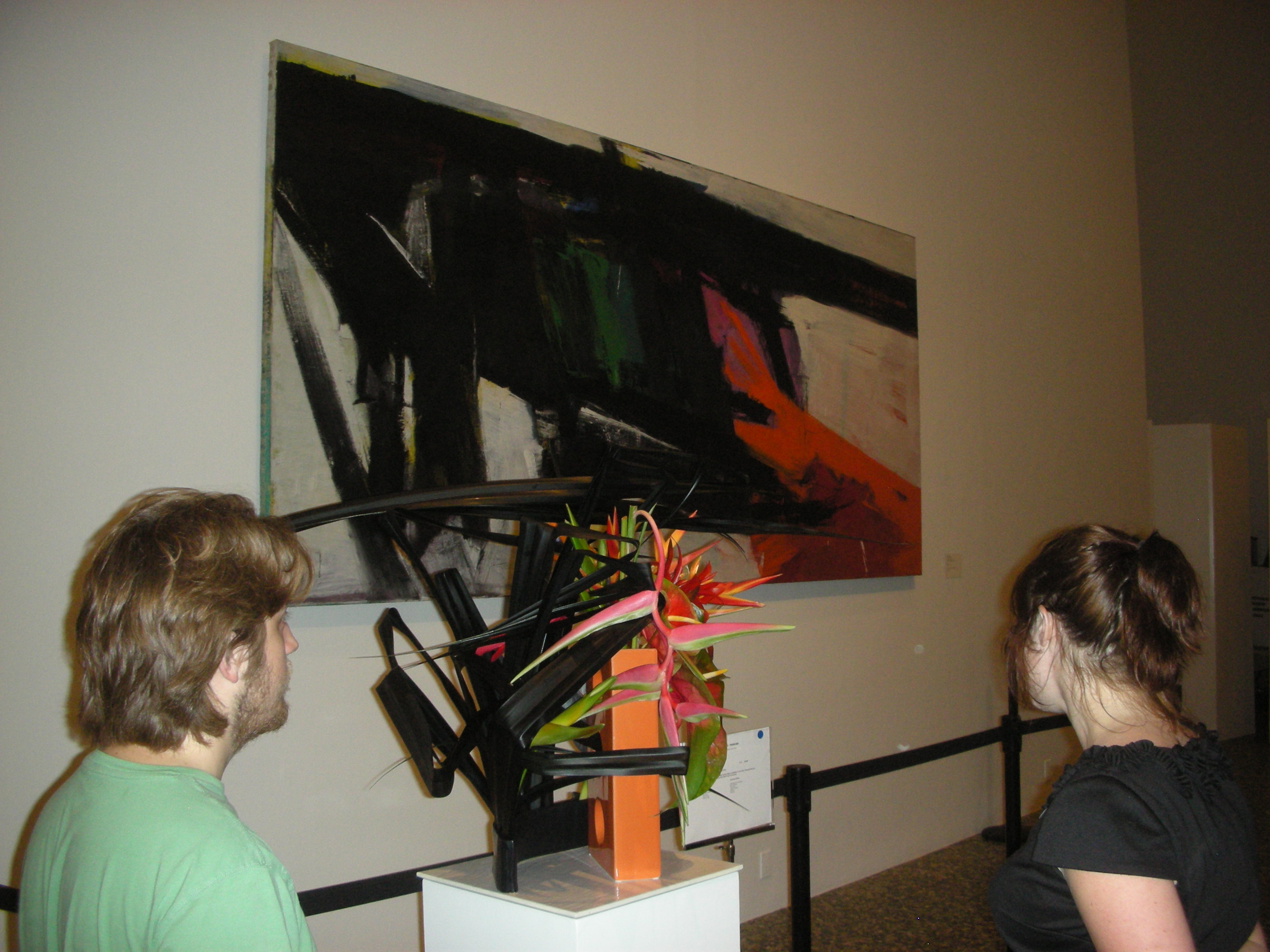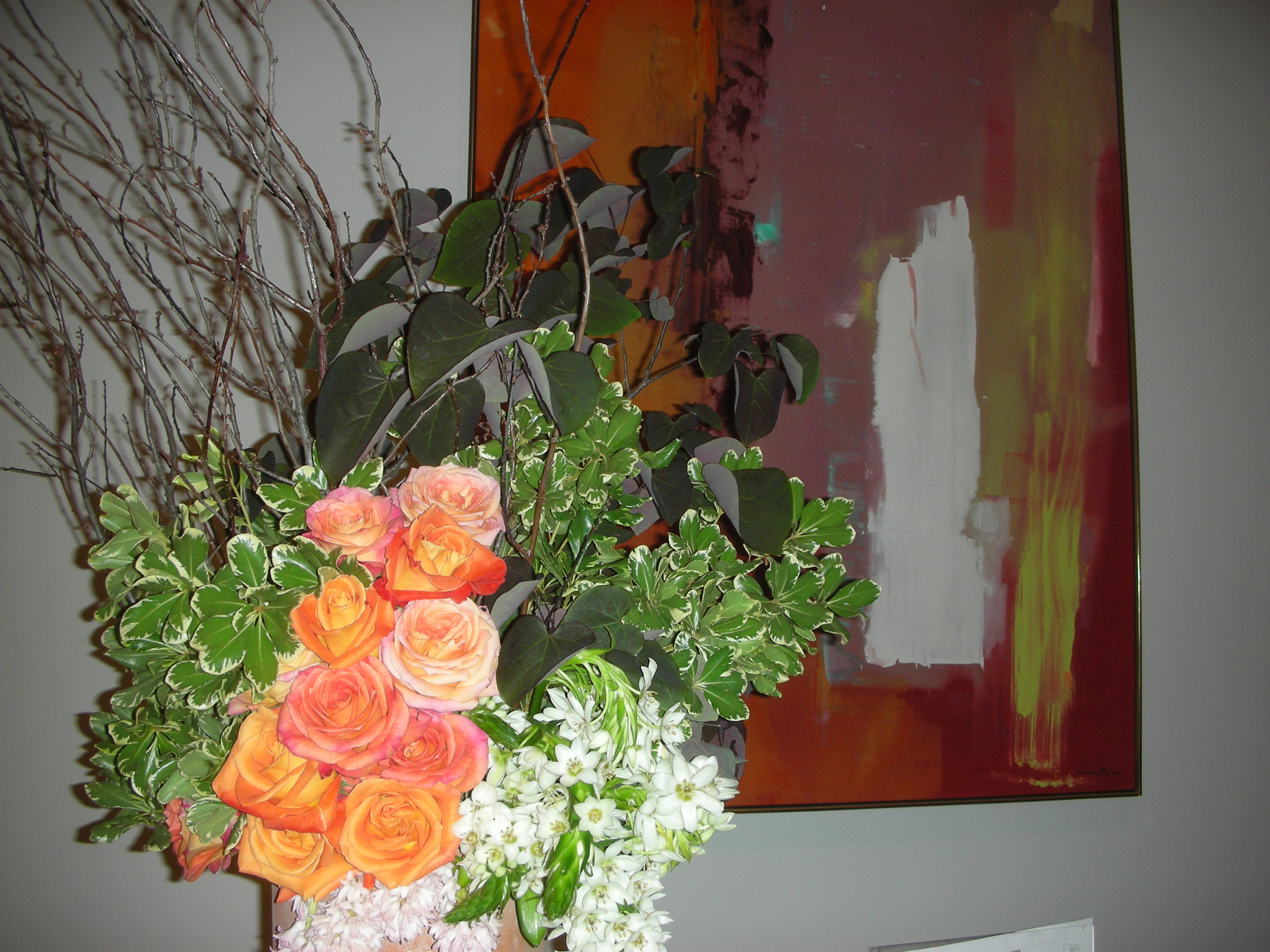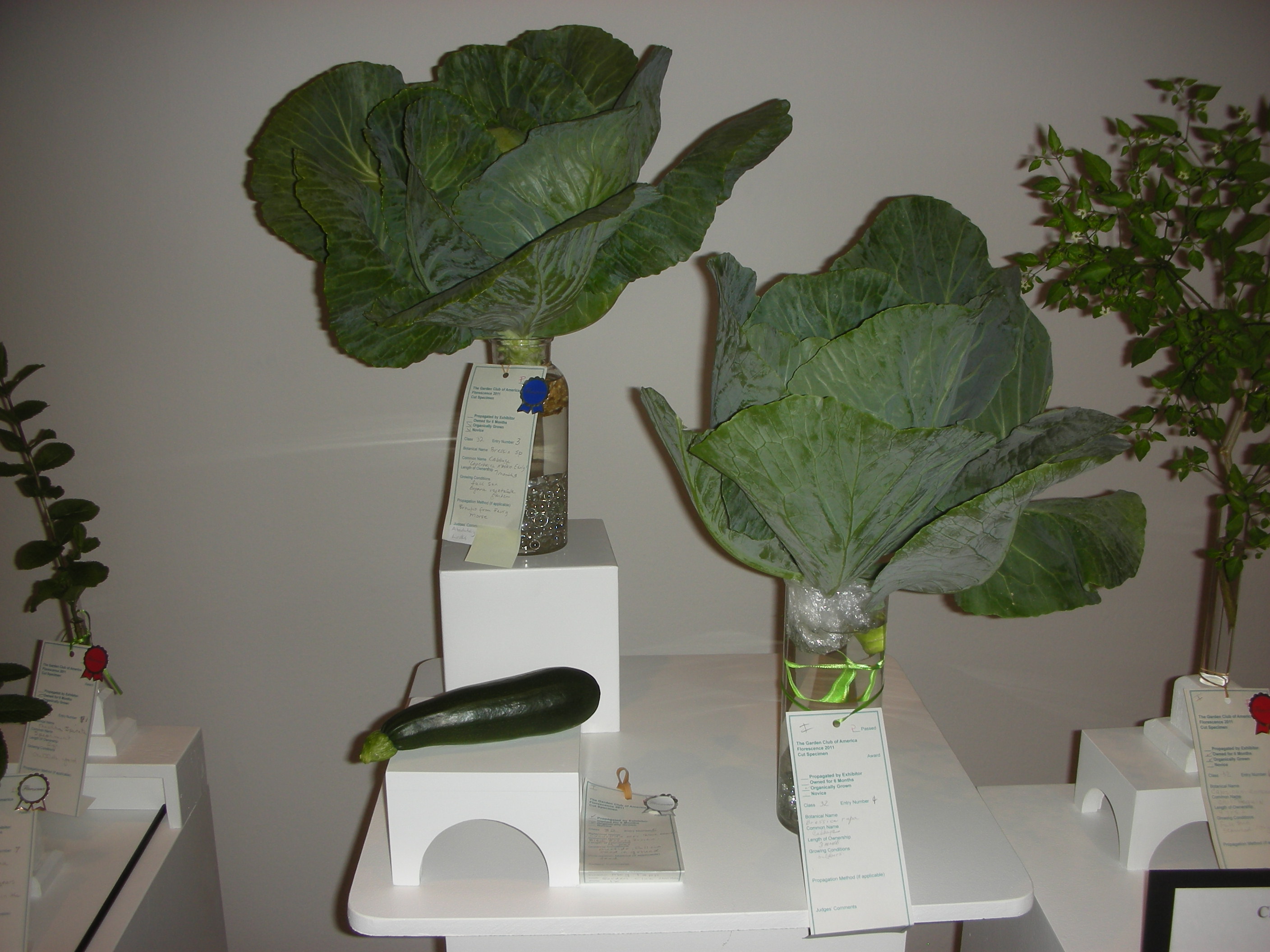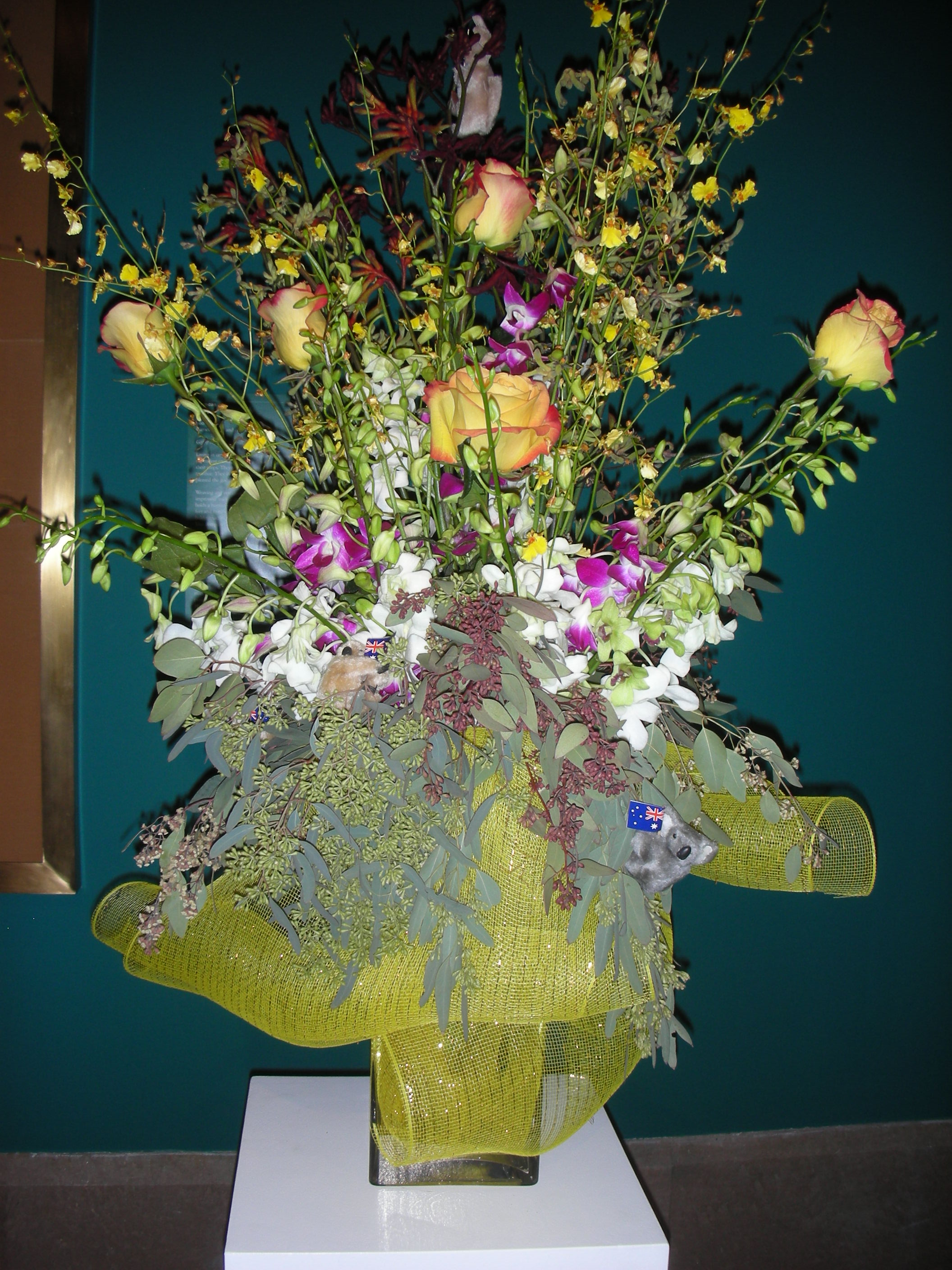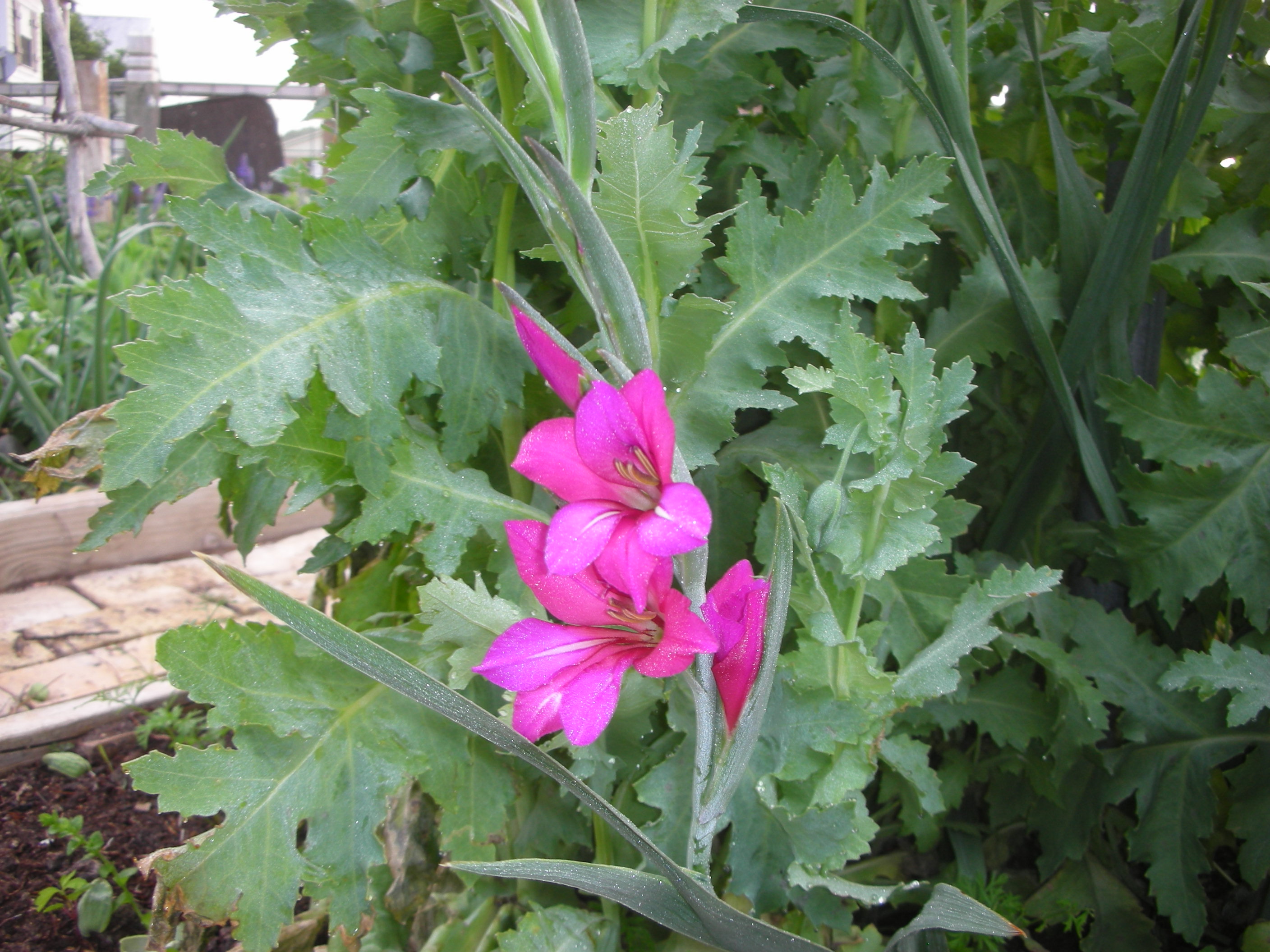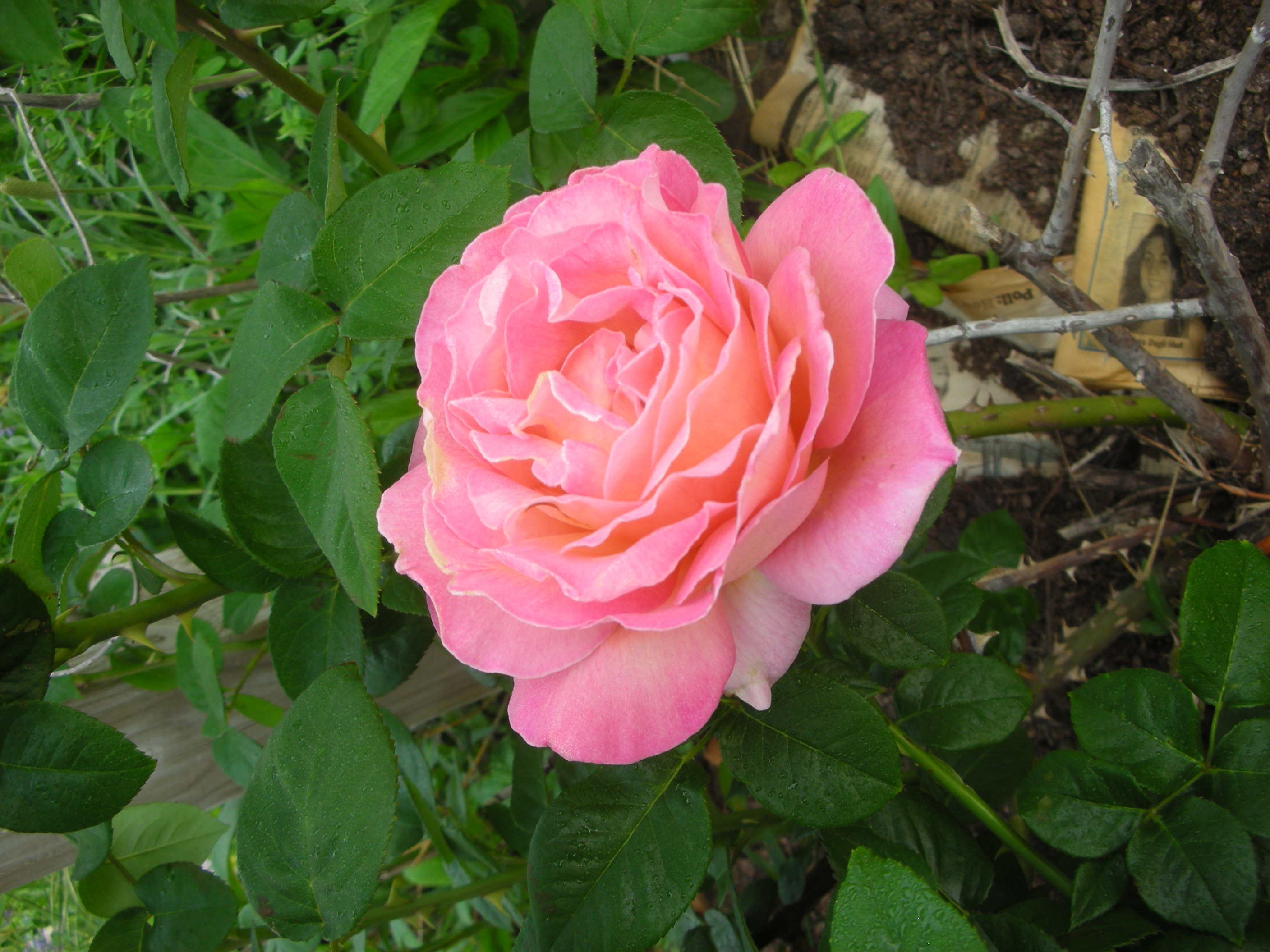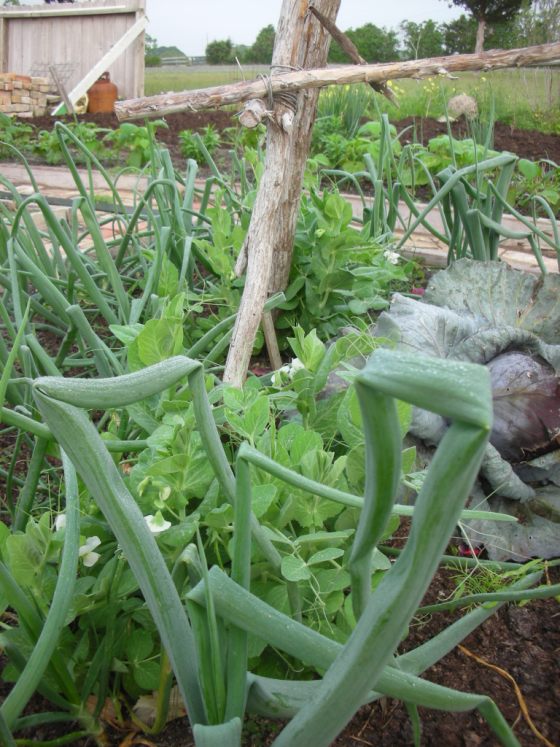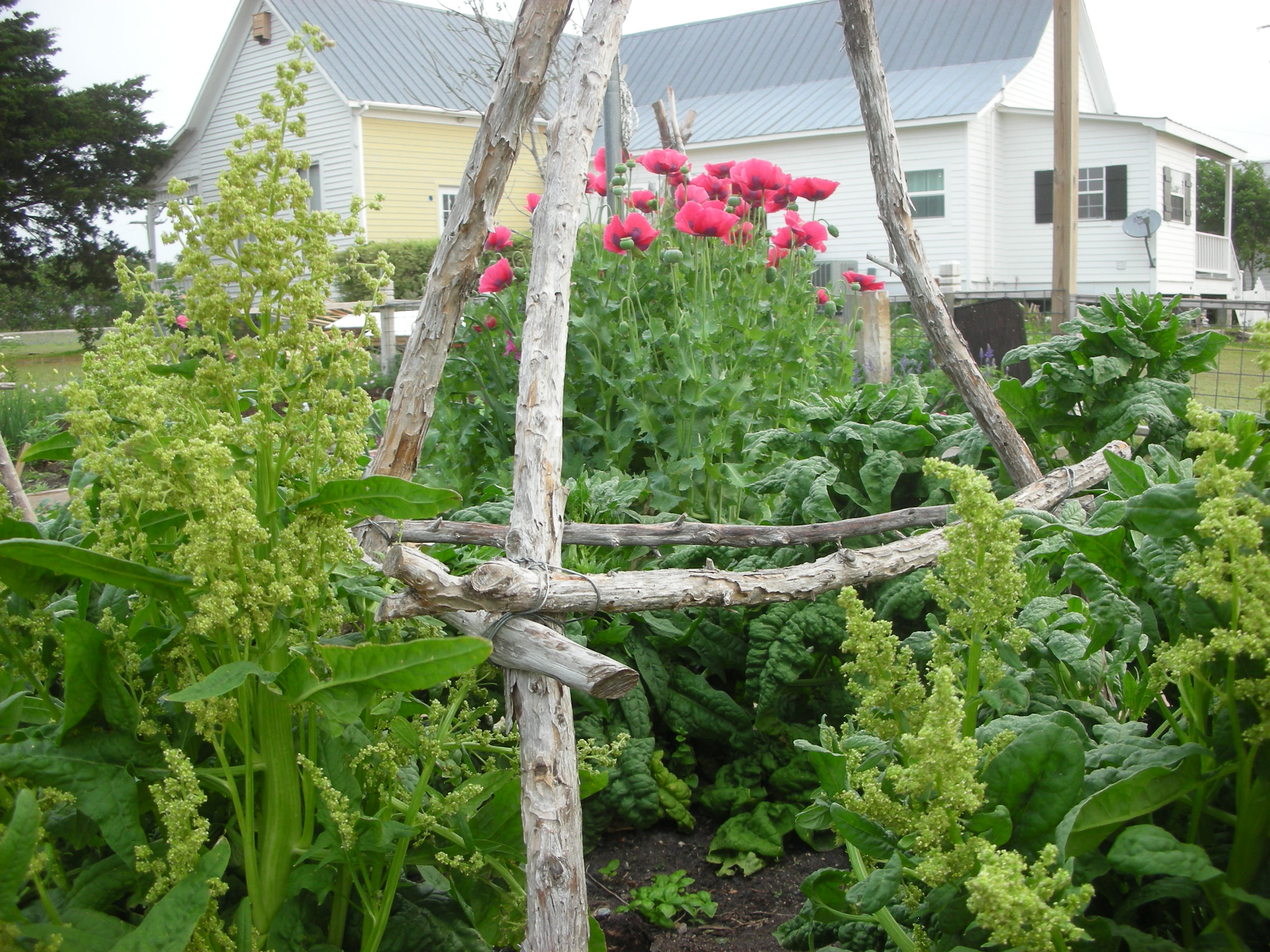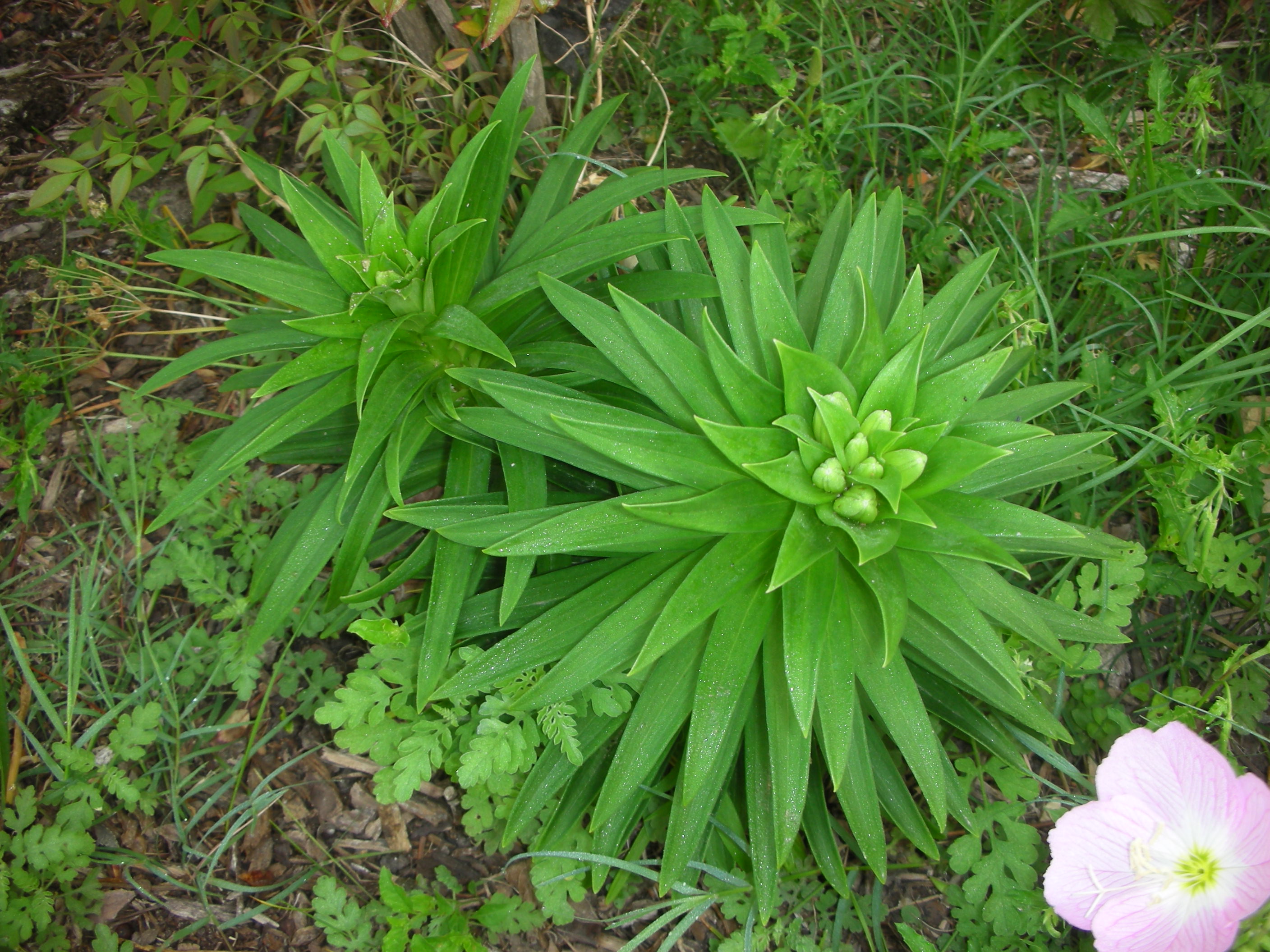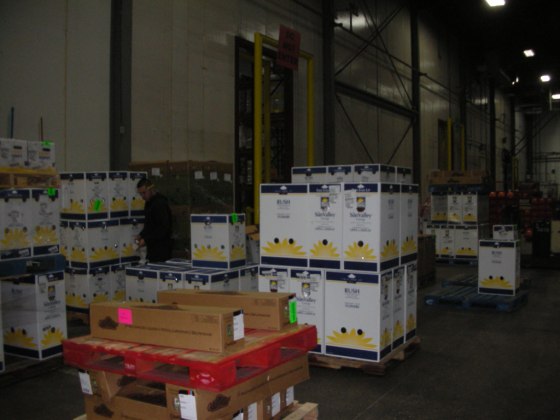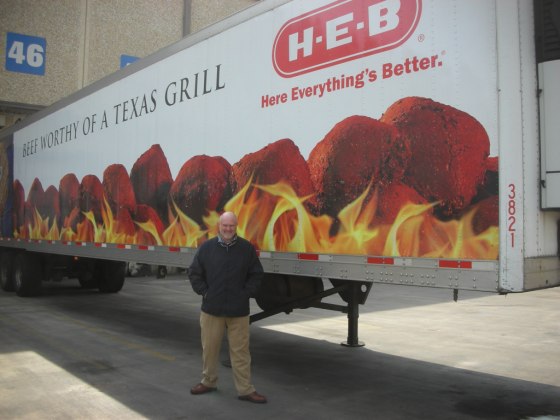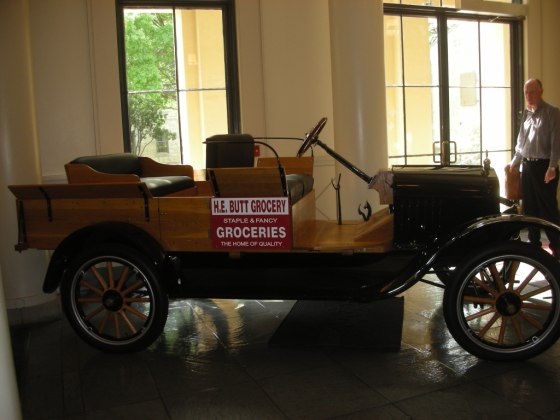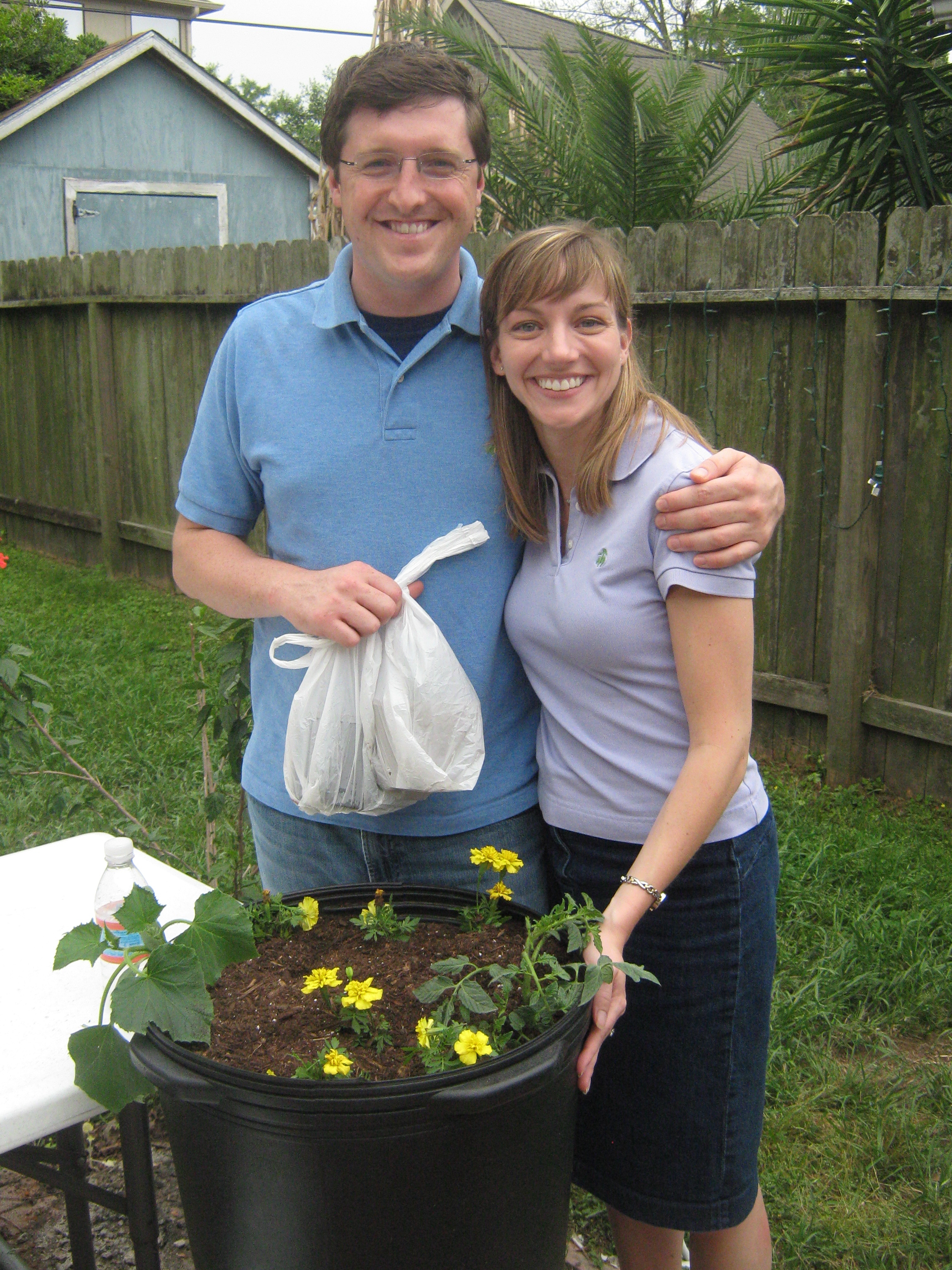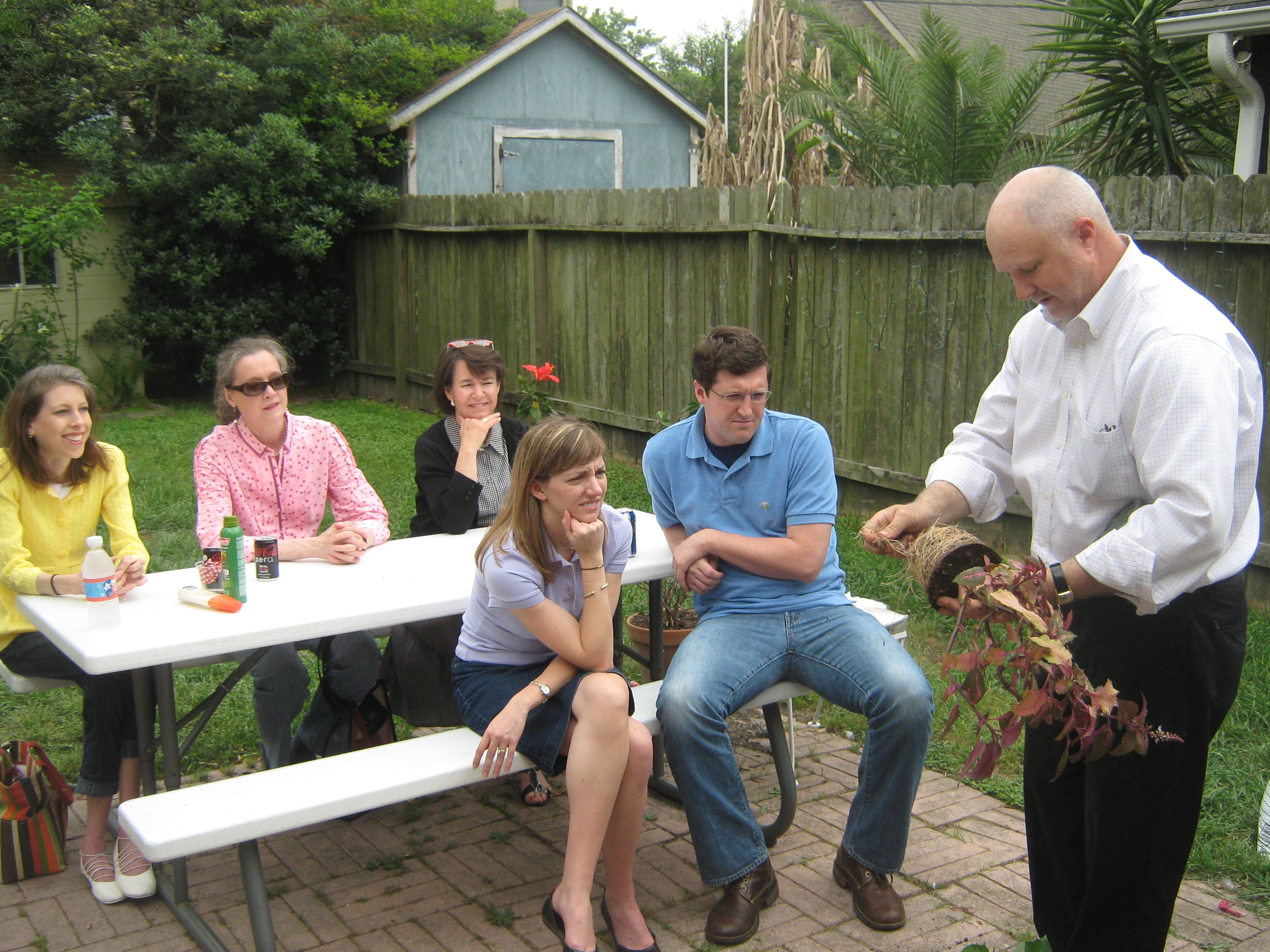I love to experiment in my garden. Every year, I grow something that I have never grown before or I try to grow an old stand-by in a new way. This year, I am doing both.
My first experiment this year is potato boxes. I am currently growing white potatoes (Kennebec) and new potatoes (La Soda) in wooden boxes that I “add to” as the potato plants grow. According to the website that I found (http://www.re-nest.com/re-nest/gardening/how-to-grow-100-pounds-of-potatoes-in-4-square-feet-081760), these 2’ X 2’ boxes can yield about 100 pounds of potatoes each. While I am a little skeptical of these numbers, I will let you know how accurate that estimate is in a few weeks.

One of my two potato boxes
The process for this is pretty simple (see the drawing below). Basically, make four corner posts 33” long ( I used 4X4’s). Cut two 1X6’s 24” long and two more 25 ½ “ long. Screw them to the corner posts. Place your seed potatoes (I used 12 whole potatoes) in the bottom of the box and cover with soil (I used mushroom compost). As the plants grow, keep covering with soil or compost so that no more than 6” to 12” of plant is showing. As the planting area gets full of soil, add another row of 1X6’s and continue the process until the box has sides that are 33”. Once the box is full and plants are coming out of the top, you can remove the bottom layer of 1X6 and harvest as you need.

So far, my experiment seems to be working just as it has was described. The Kennebecs are doing great. I already have three layers of 1X6 in place and I will probably have to add another this weekend. The new potatoes had a slow start but they are beginning to take off now. I can’t wait to finally weigh my harvest and report my results back to you.
I am also trying an experiment with my tomatoes. Normally, I plant my tomatoes in my potager. However, since I have decided to grow mostly herbs and flowers in the potager, I moved my tomatoes to the row garden. While visiting with my friend Bill Adams, I learned that he grows his tomatoes in pure mushroom compost. Since Bill is a true Master of Horticulture and the undisputed Tomato King, I decided to follow his lead and do the same thing. I took my Mantis tiller and dug a furrow about 9” deep. I then took my tomatoes out of their pots and placed them in the bottom of the furrow. Next, I back filled with the compost and watered them in. I am supporting them with a cattle panel and I gave the whole area a thick layer of straw mulch. So far, everything looks like it is doing great. I planted the same varieties this year as last so I will have some ability to judge which method did the best. (Check out Bill’s book “The Texas Tomato Lover’s Handbook –http://www.amazon.com/Handbook-AgriLife-Research-Extension-Service/dp/1603442391).

In addition to these two “method” experiments, I am growing three new vegetable varieties this year. The first are daikon radishes that were given to me by blogging friend “The Gracelss Gaijin”. Daikon is a staple of Asian cuisine and I can’t wait to try them. I am also growing “Chinese cucumbers” that were given to me by my friend Emy Chen. This variety of cucumber is supposed to have a very mild skin that makes it great for slicing. Can’t wait. My final “new veggie” for this year is the “Tigger Melon”.

I got my seeds from Baker Creek Heirloom Seeds (http://rareseeds.com/shop/). Tigger is a small melon with very sweet, white flesh. These one pound melons have a great aroma and taste and are perfect for a single serving. However, the most exciting thing about this melon is it’s orange and yellow stripped skin. This heirloom has such a cute name and attractive wrapper that my wife had her second graders plant it in their school garden. Check back in the summer to find out how these experiments went.




